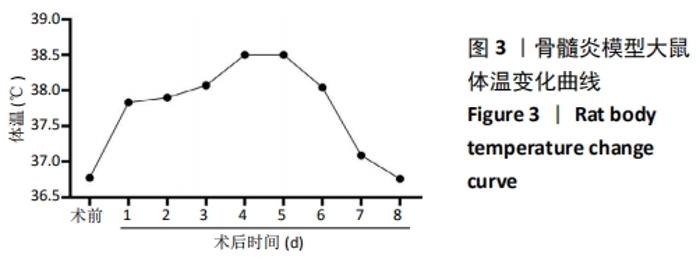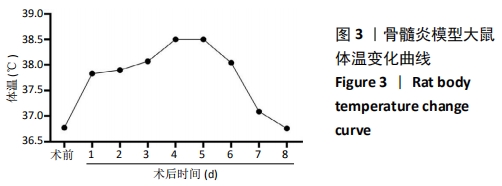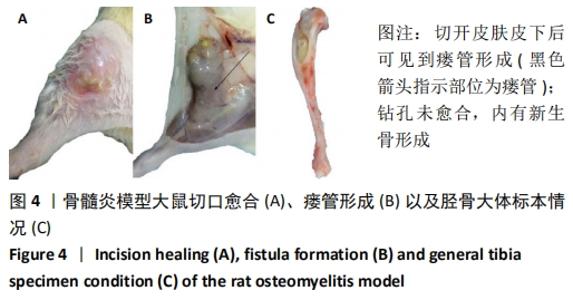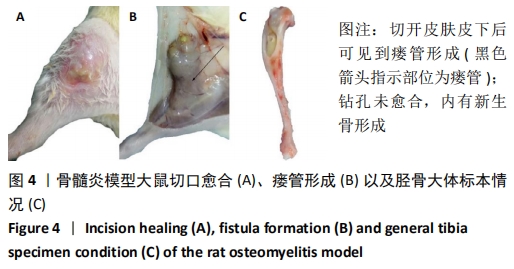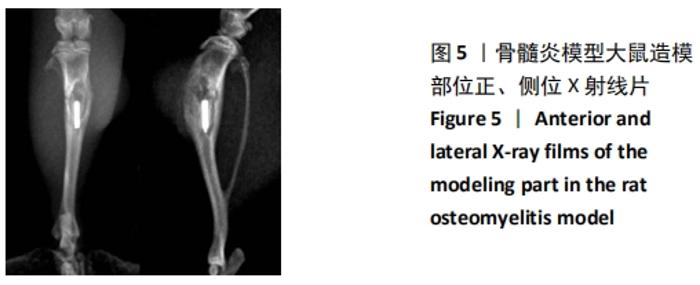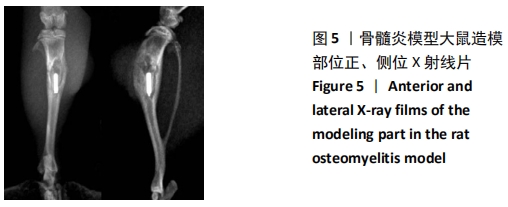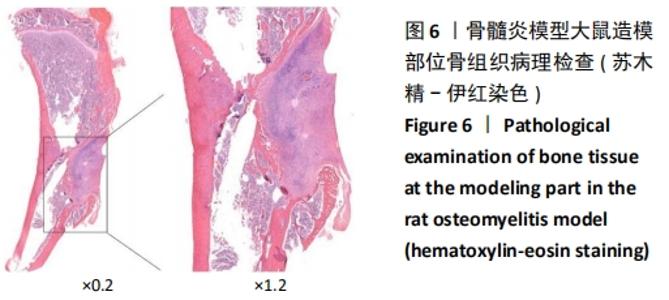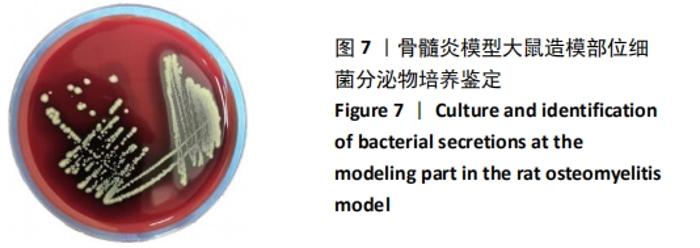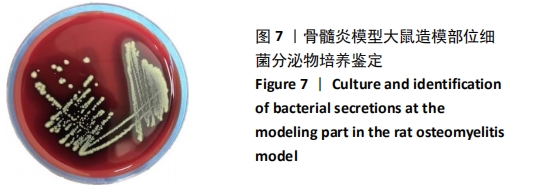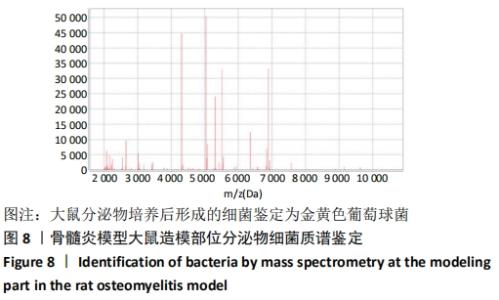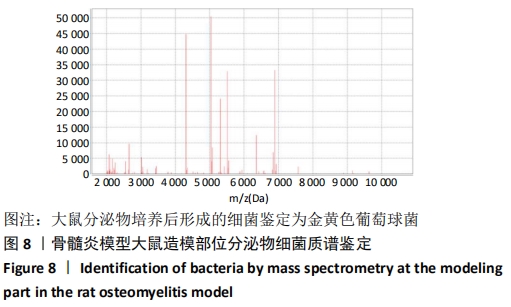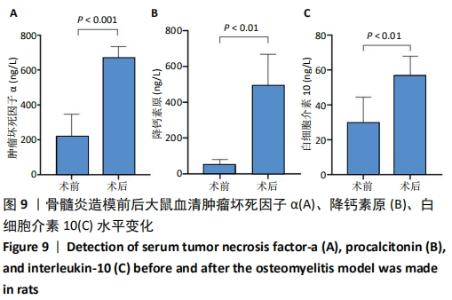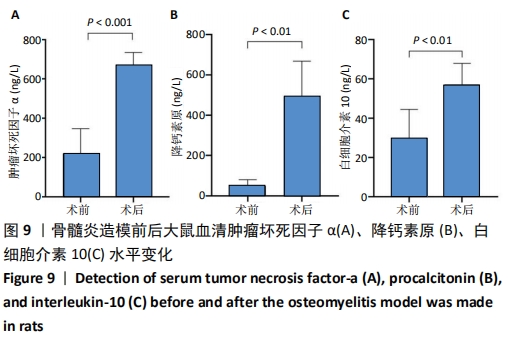| [1] |
Tan Xinfang, Guo Yanxing, Qin Xiaofei, Zhang Binqing, Zhao Dongliang, Pan Kunkun, Li Yuzhuo, Chen Haoyu.
Effect of uniaxial fatigue exercise on patellofemoral cartilage injury in a rabbit
[J]. Chinese Journal of Tissue Engineering Research, 2022, 26(在线): 1-6.
|
| [2] |
Liu Feng, Feng Yi.
Finite element analysis of different Kirschner wire tension bands on transverse patella fractures during gait cycle
[J]. Chinese Journal of Tissue Engineering Research, 2022, 26(9): 1367-1371.
|
| [3] |
Wang Baojuan, Zheng Shuguang, Zhang Qi, Li Tianyang.
Miao medicine fumigation can delay extracellular matrix destruction in a rabbit model of knee osteoarthritis
[J]. Chinese Journal of Tissue Engineering Research, 2022, 26(8): 1180-1186.
|
| [4] |
Lü Yiyan, Li Hanbing, Ma Xiaoqing, Zhang Han, Zhang Yuhang, Li Genlin.
Establishment and characteristic analysis of interior heat and diabetes mouse model using compound factors
[J]. Chinese Journal of Tissue Engineering Research, 2022, 26(8): 1187-1193.
|
| [5] |
Zhu Chan, Han Xuke, Yao Chengjiao, Zhang Qiang, Liu Jing, Shao Ming.
Acupuncture for Parkinson’s disease: an insight into the action mechanism in animal experiments
[J]. Chinese Journal of Tissue Engineering Research, 2022, 26(8): 1272-1277.
|
| [6] |
Wang Xinmin, Liu Fei, Xu Jie, Bai Yuxi, Lü Jian.
Core decompression combined with dental pulp stem cells in the treatment of steroid-associated femoral head necrosis in rabbits
[J]. Chinese Journal of Tissue Engineering Research, 2022, 26(7): 1074-1079.
|
| [7] |
Wang Shihui, Cheng Yang, Zhu Yunjie, Cheng Shaodan, Mao Jianying.
Effect of arc edge needle-scalpel therapy on inflammatory factors and histomorphology of the frozen shoulder in rabbit models
[J]. Chinese Journal of Tissue Engineering Research, 2022, 26(5): 706-711.
|
| [8] |
Wang Jiajia, Liu Jie, Wang Min.
Establishing a murine model of experimental apical periodontitis induced by Fusobacterium nucleatum
[J]. Chinese Journal of Tissue Engineering Research, 2022, 26(2): 176-181.
|
| [9] |
Li Shulun, Hao Peng, Hao Fei, Duan Hongmei, Zhao Wen, Gao Yudan, Yang Chaoyang, Li Xiaoguang.
Pathological changes in rats with ischemic stroke induced by improved photochemical embolization
[J]. Chinese Journal of Tissue Engineering Research, 2022, 26(2): 218-224.
|
| [10] |
Wang Wenhua, Liu Yang, Wang Qiaomin, Lü Yang, Zhao Yaru, Wang Haiping.
5-Azacytidine combined with bone morphogenetic protein 2 induces differentiation of bone marrow mesenchymal stem cells into cardiomyocyte-like cells
[J]. Chinese Journal of Tissue Engineering Research, 2022, 26(19): 2958-2963.
|
| [11] |
Wan Zhe, Du Jun, He Jing, Hu Yang.
Effect of Gushukang on osteogenic differentiation in a Beagle dog model during orthodontic root resorption and its mechanism
[J]. Chinese Journal of Tissue Engineering Research, 2022, 26(17): 2654-2659.
|
| [12] |
Yang Qin, Wang Min.
Constructing a mouse model of periodontitis with occlusal trauma
[J]. Chinese Journal of Tissue Engineering Research, 2022, 26(17): 2667-2672.
|
| [13] |
Xu Yinghua, Jiang Long, Shi Chun.
Changes in the expression of bromodomain-containing protein 4, an epigenetic molecule, in a rat model of chronic periapical periodontitis
[J]. Chinese Journal of Tissue Engineering Research, 2022, 26(14): 2167-2171.
|
| [14] |
Tan Xinfang, Guo Yanxing, Qin Xiaofei, Zhang Binqing, Zhao Dongliang, Pan Kunkun, Li Yuzhuo, Chen Haoyu.
Effect of uniaxial fatigue exercise on patellofemoral cartilage injury in a rabbit
[J]. Chinese Journal of Tissue Engineering Research, 2022, 26(14): 2184-2189.
|
| [15] |
Wang Dong, Ding Hai, Chang Wenju, Wang Jinzi.
Biological changes and mechanism of salvianolic acid B in ovariectomized osteoporosis rat models
[J]. Chinese Journal of Tissue Engineering Research, 2022, 26(12): 1927-1930.
|
